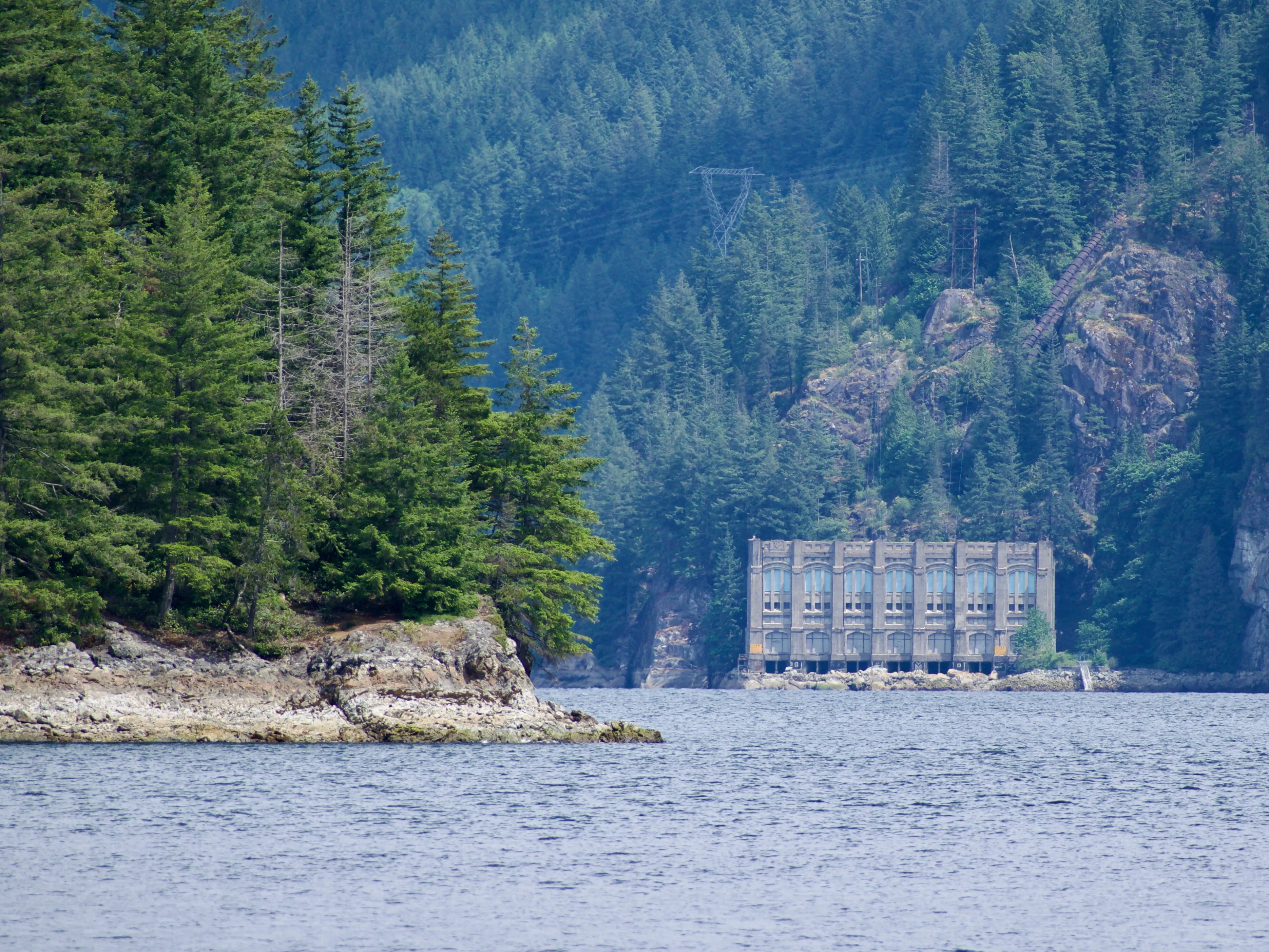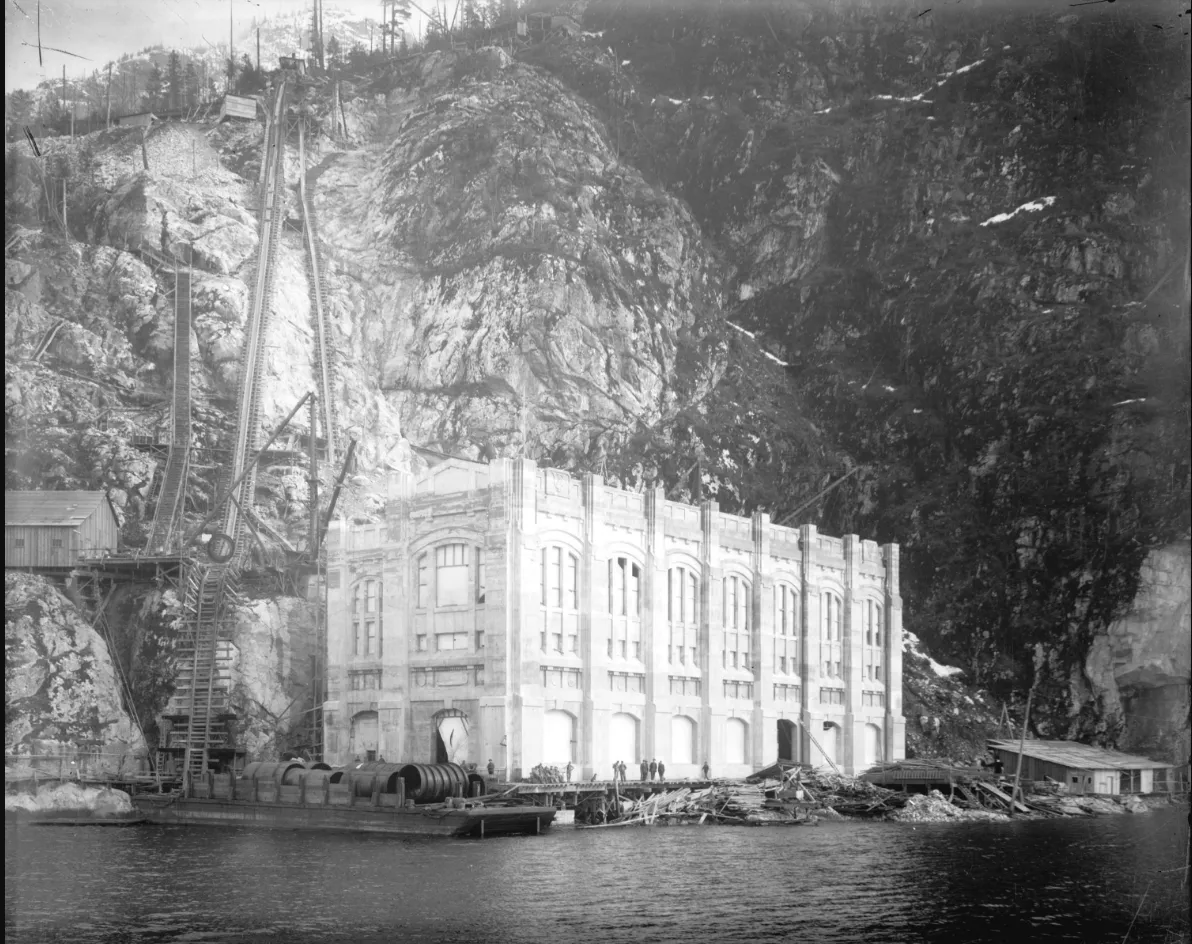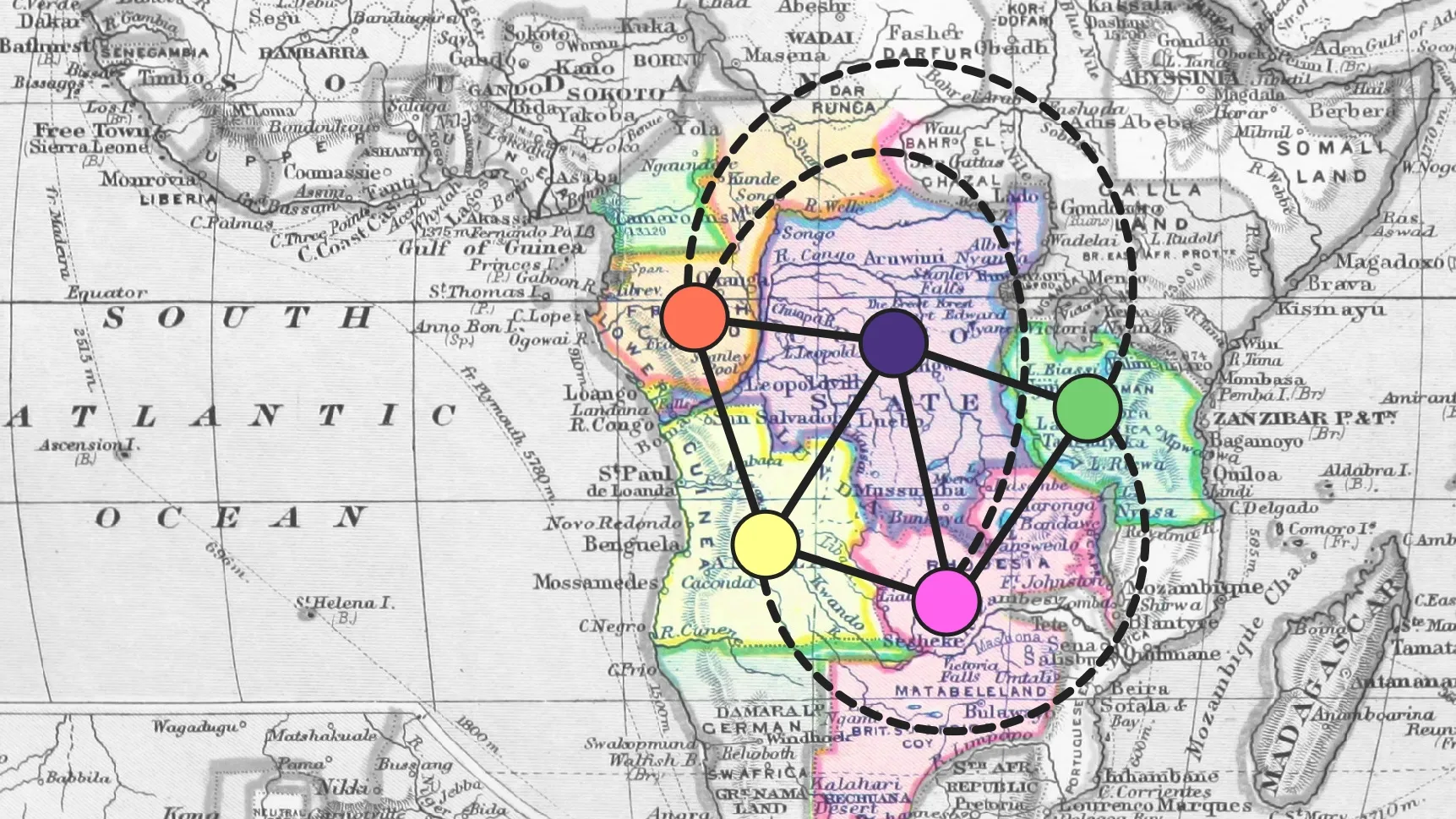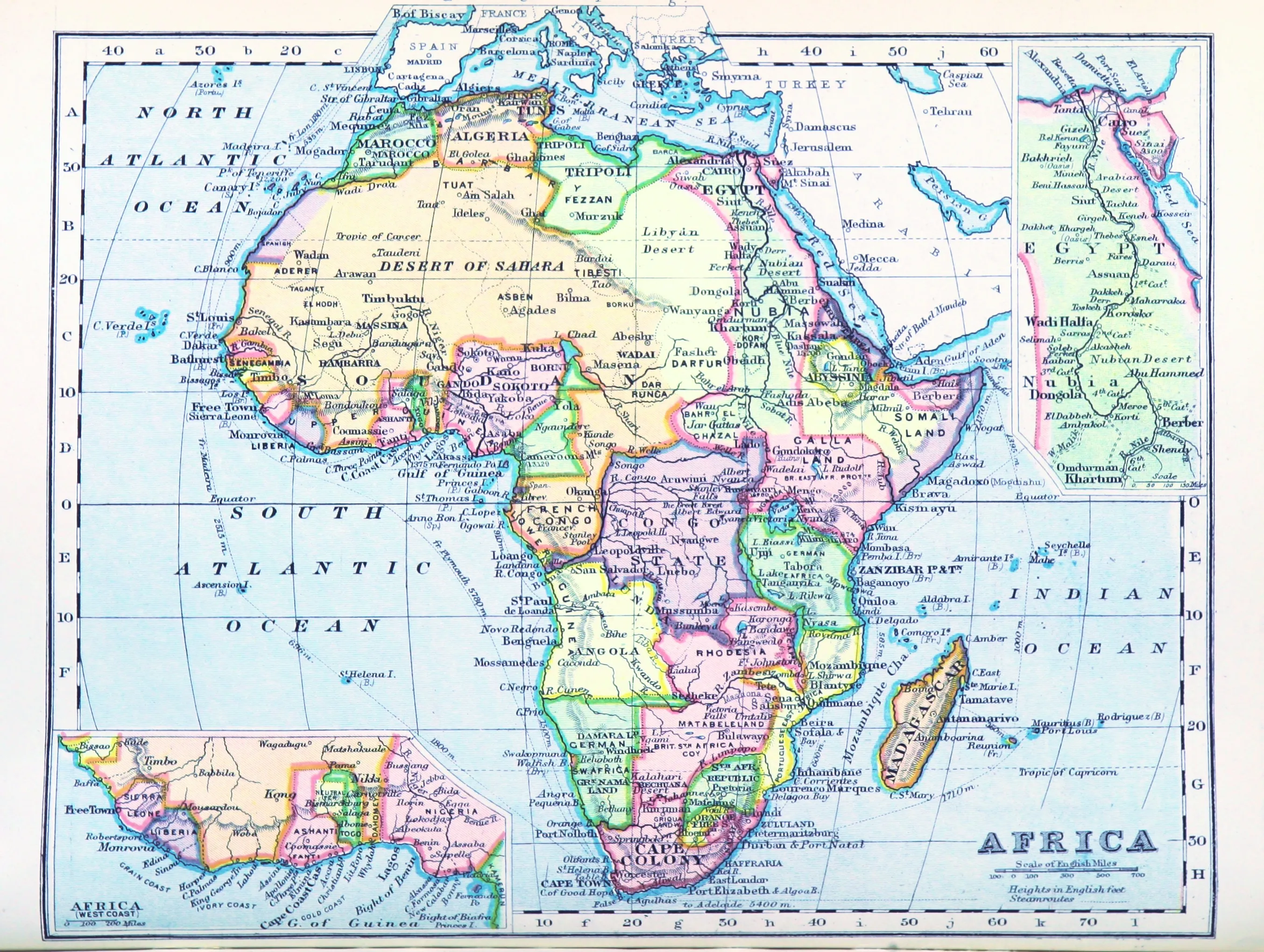Numbers like and are irrational. Are they called that because they are unreasonable? Or is it just because they just can’t be expressed as a ratio of two integers?
As it turns out, this question is even harder to answer in Ancient Greek. On the one hand, the word used by (e.g.) Euclid to describe irrational lengths (ἄλογος) comes from adding the negative prefix ἄ- to the word for ratio (λόγος). On the other hand, λόγος and ἄλογος had a lot of other meanings.
Ἄλογος could mean unexpected, which would be an appropriate description of the newly-discovered irrational numbers. Or it could mean unspeakable — in the literal sense, although the figurative sense fits with the (possibly fictitious) cover-up by the Pythagoreans. The word could also mean speechless or incapable of reasoning.
It’s fascinating to see how translators (and later mathematicians) decided to resolve the polysemy of ἄλογος:
- Latin translations of Greek works used ratio for λόγος and irrationalis for ἄλογος. These were actually imported into mathematical English before their non-technical meanings.
- Early Arabic mathematicians called a deaf root (جذر أصم) in reference to the “speechless” meaning of ἄλογος. This got translated back to Latin as surd, a now-archaic term for (irreducible) roots.
- In modern Arabic, the phrase is “non-fractional number” (عدد غير كسري).
- In modern Greek, irrational numbers are now called inexpressible (άρρητος).




